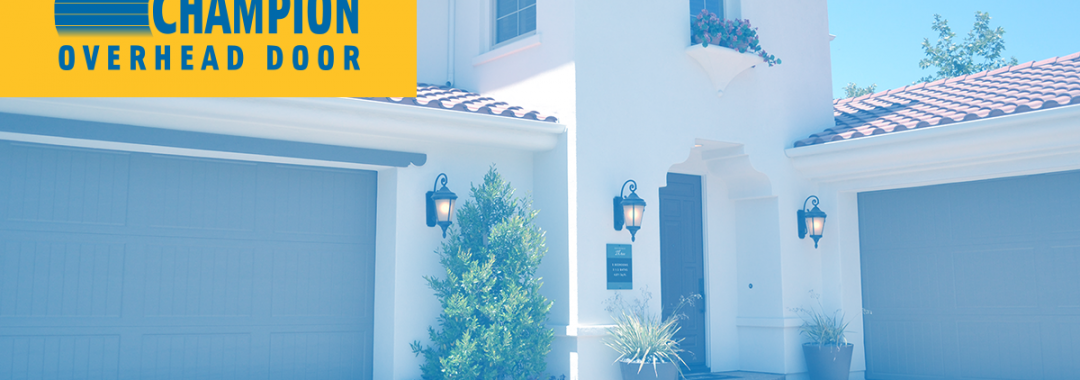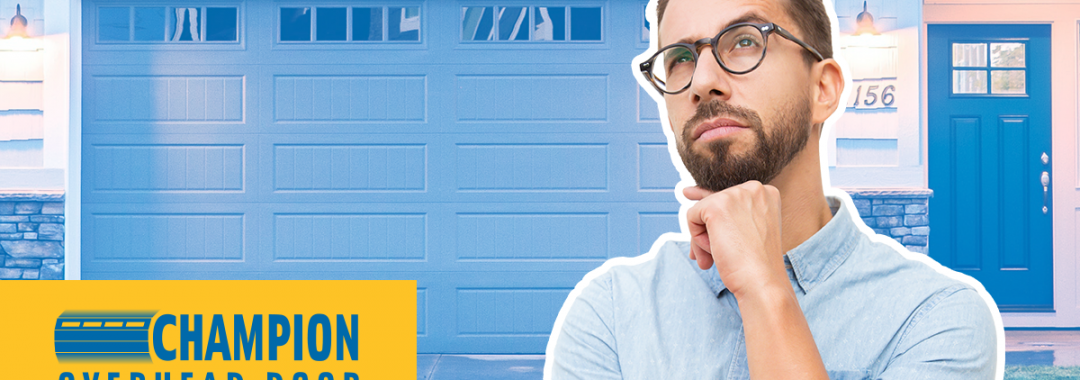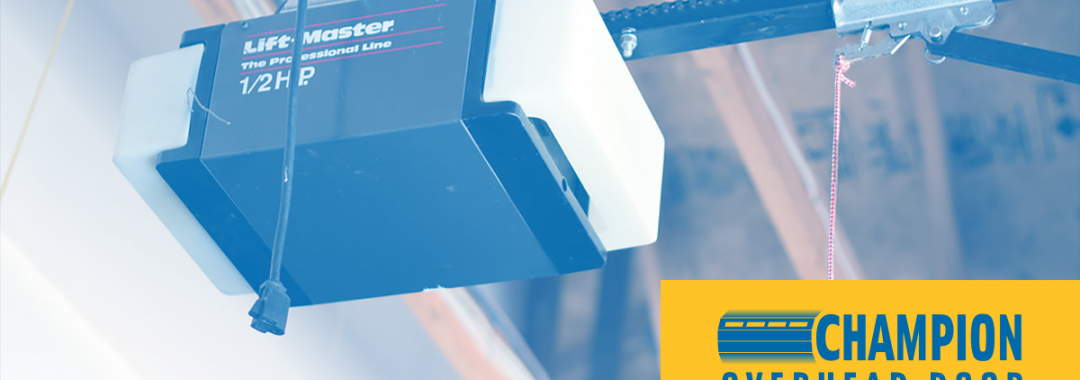How to Match Your Garage Door to Your Home

One of the first things people will notice when they pull up to your house is your garage, so as far as curb appeal goes, selecting the right garage door is important. This involves not only choosing from the many garage door styles and colors, but making sure that whatever you select matches your home.
There are a few key considerations to make when looking for that perfect match. First, you’ll want to match the garage door with the color of your house, then you’ll want to confirm that the garage door style is similar to the style of your home. Finally, you’ll need to pick a garage door that works with the surroundings.
In today’s blog post, we’ll explore each of one of these in more detail so that you can feel confident in matching your garage door to your home.
Matching the House Color

When talking exterior home colors, there are three main parts to consider: the field color (the color of the house), the trim (window frames, door frames) and the accent (entry door, shutters). It may be that depending on the placement of your garage door, you can go with the accent or trim color. Whichever one needs balancing. Of course, there’s always classic white, or trendy charcoal. And if you want to make your house look bigger, we recommend painting your garage door the same color as the house.
Matching the Style

Just as there are many different styles of homes, there are also many different styles of garage doors. The key here is to keep the styles consistent. For example, you wouldn’t typically see barn style garage doors on a contemporary house, but they would look perfect on a farmhouse style home. Contemporary minimalist architecture, on the other hand, lends itself nicely to a glass-paneled garage door or another smooth material—anything with clean lines. A garage door professional can give you an overview of all the garage door styles and help point you in the right direction.
Matching the Surroundings
When choosing from different styles of garage doors, it’s always smart to think about your surroundings. This includes everything from the vibe of your neighborhood to the climate. A bright pop of salmon might be perfect for a Florida home near the beach with palm trees to complement it, but you’d be less likely to see a color like that on a quaint New England dirt road. As for the environment, locations that experience extreme weather do well with insulated doors that are sturdy and durable, while homeowners in milder climates can get away with choosing lighter materials.
Are you ready to update your home with a new garage door? At Champion Overhead Door, we carry products from C.H.I. Overhead Door, General Doors, Amarr, Wayne Dalton and Haas Doors. No matter what style or color you have in mind, we can certainly help you find something that turns your vision into a reality. And if you need guidance sorting through the array of options, we’re happy to provide our professional opinions. Contact us today to learn more!
















